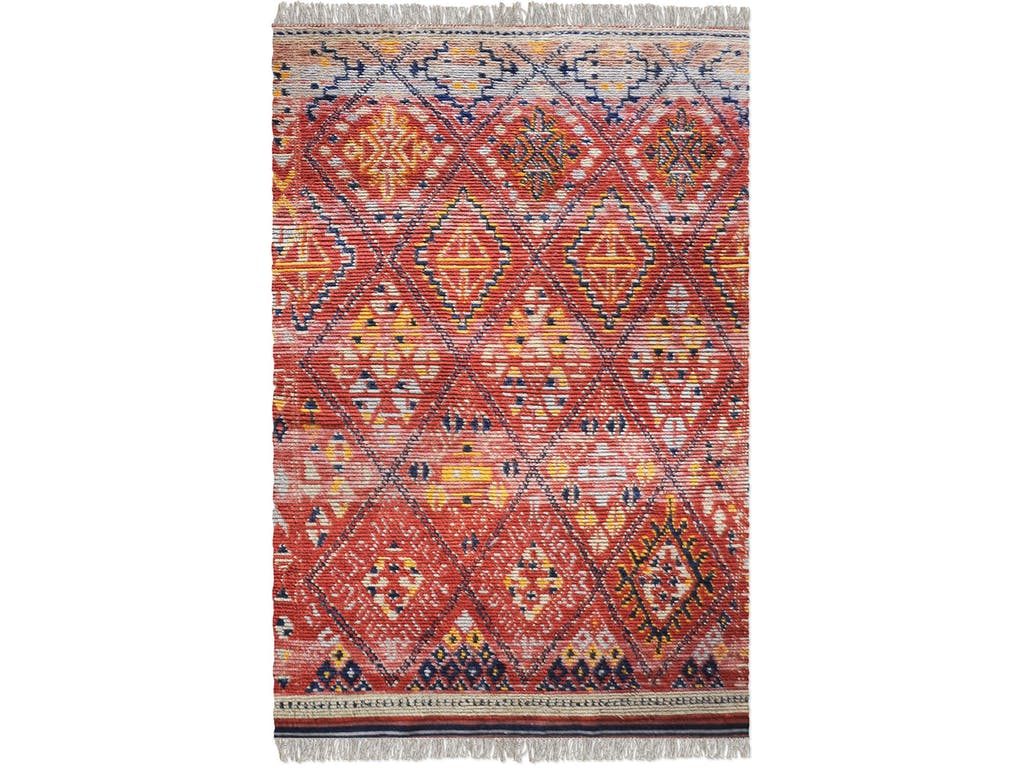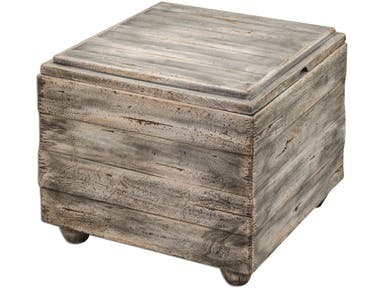Saturday, November 25th, 2017

Uttermost Floor Coverings Balgha Red Rug 70029 is both functional and fashionable.
Taking the step to improve the energy efficiency of your home offers a plethora of benefits for you and your household. You do not just contribute to a fresher and greener community, you also get the added benefit of reducing your household expenses.
Whether you own or rent a home, and whether or not renovation is affordable for you, there are various ways to begin switching to a greener home. Smart energy consumption should be your family’s new mantra.
A Cool Roof
You can always begin with a cool roof. This is no less than your first line of defense against the ravaging elements outdoors. Make sure to have a roof that reflects the rays of the sun. Doing this will help reduce the heat that emanates from your roof, thus, improving the overall coolness of your home – no need to turn on air-conditioning.
The cool roof can be done by painting it with a reflective color or the use of tiles (the latter offer a different level of coolness both figurative and literal). Shingles and sheet covering can also have the same effect.
It could be costly at first since you have to add a few features to your roof but it is going to save you a lot of money on energy bills so it’s more than worth it in the long run.
Constricted Doors and Windows
Do not let cool air escape. One effective way to do this is to have tight doors and windows.
If you have aluminum window frames, then it’s time to change them. Vinyl or wood is a better alternative.
As for the windows, you can try the low-E (emissivity) glass panes. This is a kind of energy efficient glass that was specifically designed to prevent heat from escaping through the windows. These come with an invisible coating which can reduce heat transfer and, eventually, reduce your carbon footprint.
Use Energy-Saving Appliances and Fixtures
Everyone seems to be signing up for the energy-saving bandwagon. You can see this with the constant improvements on gadgets and equipment, with each one surpassing the first in terms of energy consumption.
Speak of using less power, you must also check the Energy Star rating of each appliance. This symbol is backed by the government where people use products that are energy efficient and can help save money.
The label of Energy Star is supposed to symbolize the reduction of greenhouse emissions and pollutants brought about by the misuse or inefficient energy use. Check out the list of energy efficient lighting, air-conditioning units, and electrical appliances.
Just Do It
Just like the Nike campaign, you can always begin any endeavor by just doing it, especially when you are stuck with what you have. If there is no way, at the moment, to change the appliances and fixtures that you have at home, then you can follow these quick tips –
Tags: energy efficient living, Energy Star, energy-efficiency, green home, McCreerys, McCreerys Home Furnishings
Posted in Green Living, Interior Design 101, Interior Design Elements | Comments Off on The Energy-Efficient Household – Make It Yours
Wednesday, September 13th, 2017
We all live in an era where energy efficiency is the hottest trend. But have you ever stopped to think what an energy efficient home is?
According to the U.S. Department of Energy, an energy-efficient home design is one that has a high score on energy efficiency. This Score reflects the energy efficiency of a home based on the home’s structure and heating, cooling, and hot water systems (Source: https://www.energy.gov/energysaver/energy-efficient-home-design)
The Natural Climate
It is important, nay, crucial to know the natural climate in your region. Consider the conditions of the winds, the skies, and the sun. Get your hands on a sun path diagram so you can find out which rooms the natural lighting will seep through. Take note also of obstructions such as telephone poles, trees, and nearby buildings.
Apart from the sun path diagram, you can also obtain a wind rose which will show the rate of prevailing winds. The U.S. Department of Commerce has its own wind data collection. These are based on various airport locations so it might be easy for you to find one that is near your would-be home.
Knowing the predominant sky conditions will also help you set up your energy-efficient home. Throughout the year, does your area have clear, overcast or partly cloudy skies? Take advantage of natural light as much as you can. This will greatly reduce your electrical bill since you won’t be depending a lot on artificial lighting.
Just to give you an idea, overcast skies are three times brighter at the peak of the sky’s dome than the horizon. Predominantly overcast areas include the Pacific Northwest where you can maximize free natural lighting. With this in mind, you can now be aware of your window placement so that you also won’t have unwanted glare.
The building orientation which includes the shape of your home will also greatly influence cooling or heating requirements. The best energy-saving orientation is to have your home face the south when you’re from the Northern Hemisphere.
This setup will help you capture solar gain during the wintry months and block solar gain during summer.
Choose Energy-efficient Building Materials
Concrete or concrete foams. This can be sandwiched by two-layered insulation materials. This will then become a permanent part of the house whether through freestanding walls or building blocks.
Rigid foam. This can be used to insulate your home but can now be made from natural sources such as hemp, bamboo, and kelp. Rigid foam is also widely used in the creation of surfboards, turbine blades, and some furniture.
Rigid foam also offers heat and moisture resistance, better acoustics, and protection from pests and mold.
Straw bales. These weigh 50-90 pounds each. You would need 300 medium-sized bales to construct a 2,000 square foot house.
And the great news is? They can last for thousands of years.
Other materials such as recycled steel, foam insulators sandwiched between plywood, plastic composite lumber, and earth can also be used.
Invest in Energy-efficient Appliances
Reduce energy costs by installing Energy Star-rated appliances. You can potentially save up to 70% when you choose these.
An Energy Star is a government-backed symbol. It is there to measure energy efficiency, reduce the emissions of greenhouse gases, and for consumers to save on their energy bills.

Figure 1.
Green Furniture
Just as you would choose your appliances or your building materials, make sure that your furniture materials are also made from natural, energy-efficient sources. An example is our Uttermost Living Room Avner Wooden Cube Table here at McCreery’s Home Furnishings (Figure 1).
Constructed almost entirely of sustainable, plantation-grown mango wood, this bunching table offers invaluable storage and style in an elegantly casual, waxed driftwood finish.
Tags: Energy Star, energy-efficiency, energy-efficient home, green home, McCreerys, McCreerys Home Furnishings, sustainable design, sustainable living
Posted in Interior Design 101, Interior Design Elements | Comments Off on Erecting the Energy-efficient Home in a Constantly Cold Region
© McCreery's Home Furnishings | All Rights Reserved | Privacy Policy